Homelessness Australia said between December and March demand for homelessness services rose 7.5% across Australia amid soaring rents and record…
The state government has linked with a housing provider and a community centre to bolster social and affordable housing in…
Roughly one in three Australians rent their homes. It’s Australia’s fastest-growing tenure, but renting is increasingly unaffordable. From 2020 to…
AHURI’s managing director, Dr Michael Fotheringham, discusses how important it will be for governments to work closely with the development…
As someone who has long advocated for relying on market forces whenever possible, it pains me to recognise that market…
- News
The problem isn’t the supply of housing; it’s that millions of people lack the income to afford what’s on the…
- News, Queensland Statewide (all regions)
Local government agencies often say they find it difficult to identify and reach marginalized populations and gain their trust or…
- News, Queensland Statewide (all regions)
The Concept Paper outlines the reasons why a national framework is needed. The Commissioner states: “A framework would outline a…
- News
“If you don’t see a house as your own, you’re not going to be happy there,” says Marion Trench. The…
- News
The price of a typical house in Melbourne has multiplied by 22 in the past 40 years, almost four times…
- News
A memorandum of understanding (MoU) between the NSW Government and the City of Newcastle is set to increase social housing…
- News
Well, it happened: Toronto will finally be moving forward with a long-discussed Inclusionary Zoning (IZ) policy designed to make living…
- News
Advocates are calling for a national strategy to address a huge shortfall of social housing, with a deficit of more…

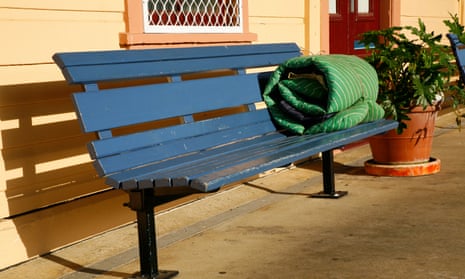

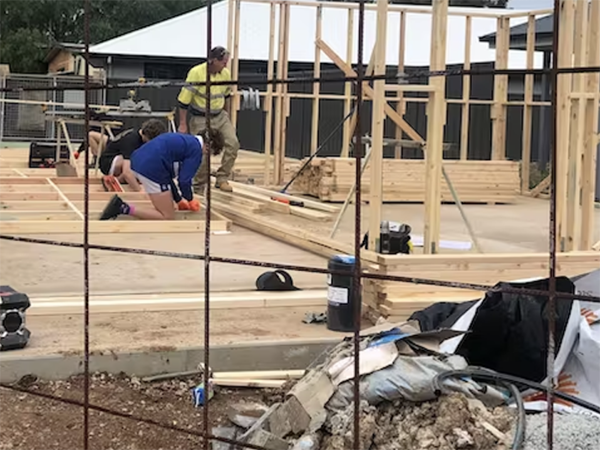



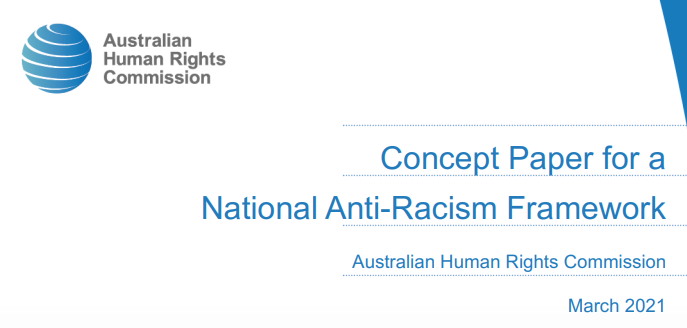
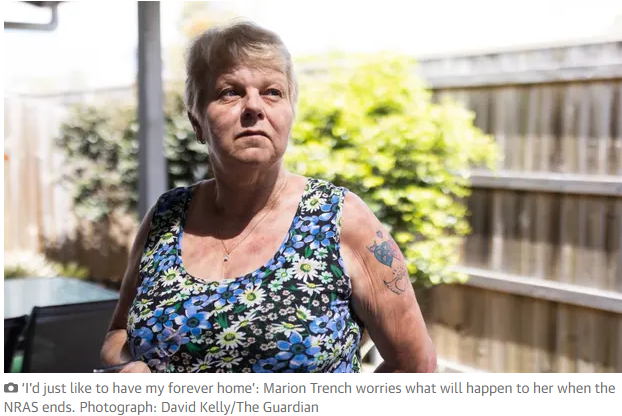

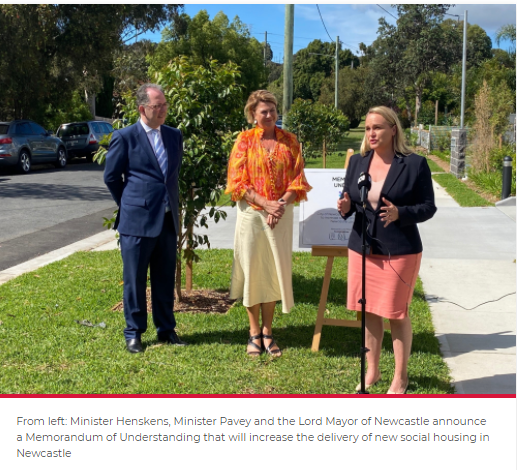
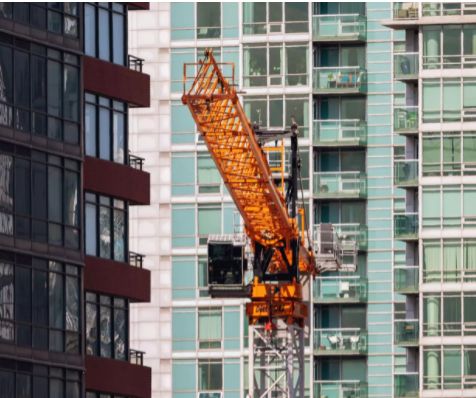
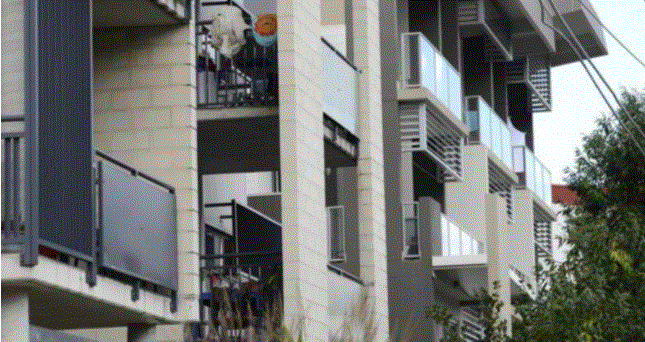
BTR Series Part 4: Affordable Housing and Key Worker Housing – What Role do These Play in the BTR Solution?
Australia is currently experiencing a national housing affordability crisis that continually worsens. One solution to the urgent need for more…